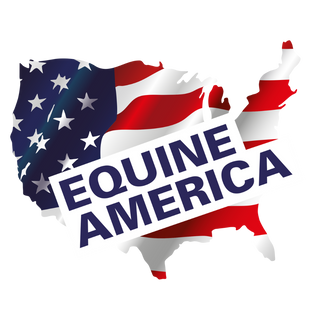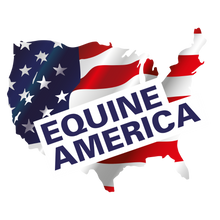Anhidrosis - Help my horse doesn’t sweat!

Sweating is an important mechanism for cooling a horse down but some horses in tropical climates don’t sweat, and this puts them at an increased risk of heatstroke which can be fatal. This loss of ability to sweat is called anhidrosis, but more colloquially known as puff disease and dry coat syndrome.
Anhidrosis is not a new phenomenon, and the earliest recorded cases came from British Thoroughbreds imported to tropical climates back in the 1920s. Although we now know it can affect horses of any breed and both local and imported horses. In Florida, approximately 2-11% are affected by this condition (Johnson et al., 2010).
Once the temperature exceeds 77oF (25oC) combined with 70-90% relative humidity, heat loss through sweating will be compromised and the body temperature of the horse will rise. Without sweating, galloping for approximately 2 miles is estimated to increase the core temperature of a horse by 11oF. (Patterson-Rosa, 2020).
Signs of Anhidrosis:
- Lack of sweating (this can be complete or partial)
- High temperature and overheating (The normal temperature of the horse is 99-101oF (37.5-38.5oC)
- Increased breathing rate (including flared nostrils) (The normal respiratory rate of the horse is 8-12 breaths per minute at rest).
- Poor appetite
- Drinking less
- Dull coat, often with hair loss around the chest, croup and face.
- Dull behaviour
There is no specific treatment for affected horses, but the key is to manage them to prevent elevated body temperatures particularly during hot weather. Air-conditioned stables, fans and misters can all be helpful to help keep the horse cool. These horses should always have access to shade. In serious cases the horse may need to be moved to a cooler climate, as for some this condition will reverse and they start to sweat again once moved.
Care should be taken to work these horses on cooler days or early before the heat of the day. After exercise ensure thorough cooling with copious cool or cold water over the whole body repeatedly until cool. Exercise regimes may need to be adapted to ensure it is at a level they can comfortably handle.
Electrolytes should be fed daily to maintain electrolyte balance and encourage drinking. Vitamin E has also been suggested to be beneficial.
It is important to monitor these horses carefully, by measuring temperature, pulse and breathing rate, as well as water intake and for other signs of heat stress. If you have any concerns about your horse, you should contact your Vet.
References:
Johnson, MacKay and Hernandez (2010) An Epidemilogic Study of Anhidrosis in Florida. Journal of the American Veterinary Medical Association 235:1091-1097
Patterson-Rosa, Mallicote, MacKay and Brooks (2020) Anhidrosis in the Horse (Non-Sweaters) – What Do We Know? AN362, UF/IFAS, Extension University of Florida, AN362

